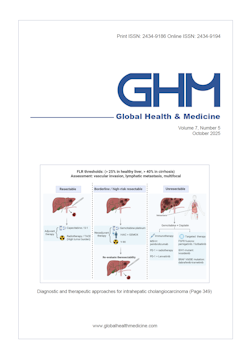Global Health & Medicine 2021;3(5):308-313.
Testing, diagnosis of viral hepatitis, and the follow-up policy in Japan
Korenaga M, Kanto T
Viral hepatitis is one of the major infectious diseases in Japan and causes liver cirrhosis and liver cancer. Therefore, screening for hepatitis viruses was started in 2002, based on the geriatric health care program. The screening plan has now been transferred to the Health Promotion Project and it is estimated that more than half of the population has been tested for hepatitis viruses. The Basic Act on Hepatitis Measures was enacted in 2009 and the Basic Guidelines for Promotion of Control Measures for hepatitis was issued in 2011. It reported that there were about 770,000 positive people who were unaware that they were infected, and about 0.5 to 1.2 million positive people who knew they were infected but did not continue to receive medical examinations. Ten years have passed since that report and it is estimated that the number of hepatitis virus-positive individuals who need medical examination/treatment is decreasing. Therefore, in order to eradicate viral hepatitis, it is essential to identify areas and age groups in which hepatitis virus testing is inadequate, to encourage people to undergo testing and to promptly send positive patients to hepatologists for continued medical care. This review describes the current status and challenges of hepatitis virus testing measures in Japan, led by the Ministry of Health, Labour and Welfare, and the promotion of visits to medical institutions by positive patients.
DOI: 10.35772/ghm.2021.01072







